Without really trying, I seem to have gathered a small collection of wristwatches constructed with small pocketwatch movements. I am calling them "wristclocks" to acknowledge the historical progress of miniaturization from huge, public clockworks and smaller domestic clocks, through portable carriage and marine clocks, to personal, pocket-able timekeepers, and finally wristwatches. During this latter transition it is only natural that the adapting of available pocketwatches to wristwear would proceed the development of much smaller and more suitable movements.
While very small watches integrated into elaborate bracelets for ladies date back to the early 1800s, it wasn't until almost exactly 1900 that designs intended for men began to appear. Almost exclusively these took the form of a small pocketwatch supplied either with a second bow (opposite the original, intended for attaching a chain) or sometimes crude wire lugs, through which a narrow leather strap was threaded. By the end of WWI, these early efforts seem to have headed in two distinct directions: smaller, metal-shielded trench watches which eventually morphed into the now-traditional dress wristwatch, and aviators' watches incorporating then-current pocketwatch movements, and intended to be strapped outside the heavy jackets worn by pilots and navigators of early aircraft. This latter persisted well into WWII in the form of the 54mm-diameter B-Uhr watches of the German air force, finally merging into the much smaller-sized general military designs typified by the British Ministry of Defense WWWs, and spawning the huge category of modern pilots/military/sports style watches.
I would not pretend that my little selection of such watches is in any way representative of the category, or that it usefully traces their history, only that having appeared individually over the last few years while accumulating wristwatches, collectively they fill an interesting and distinctly beautiful niche, and individually each takes its place in the development of the industry.
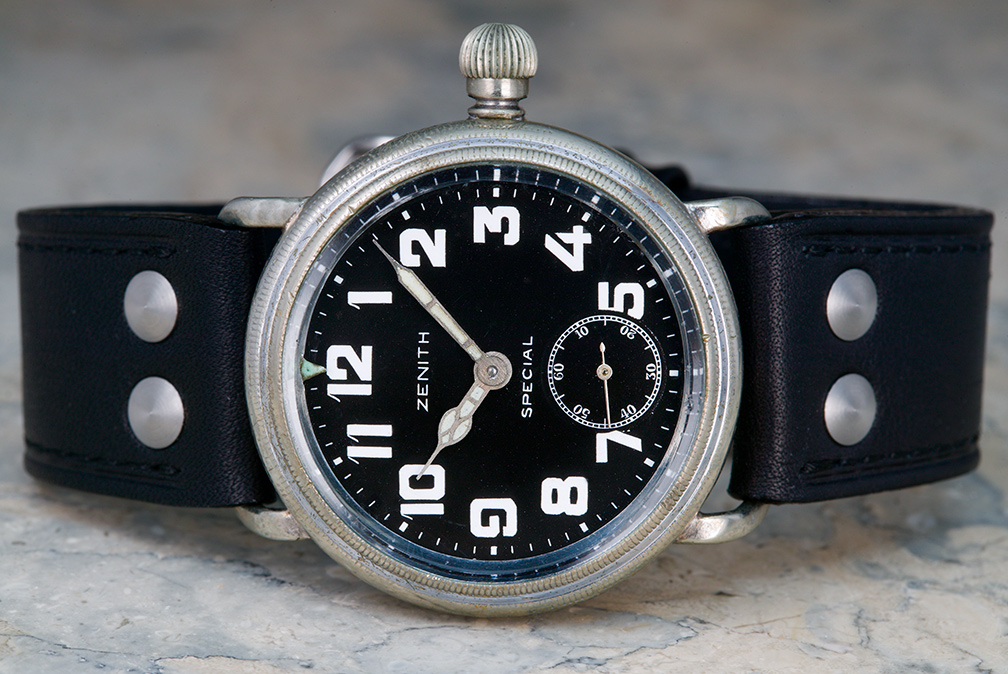
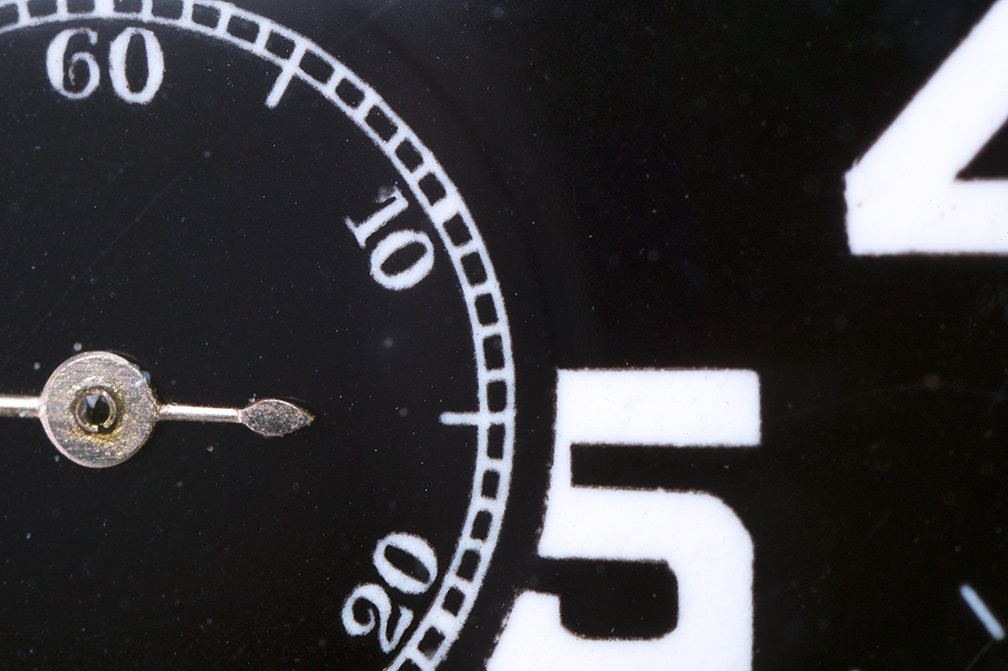

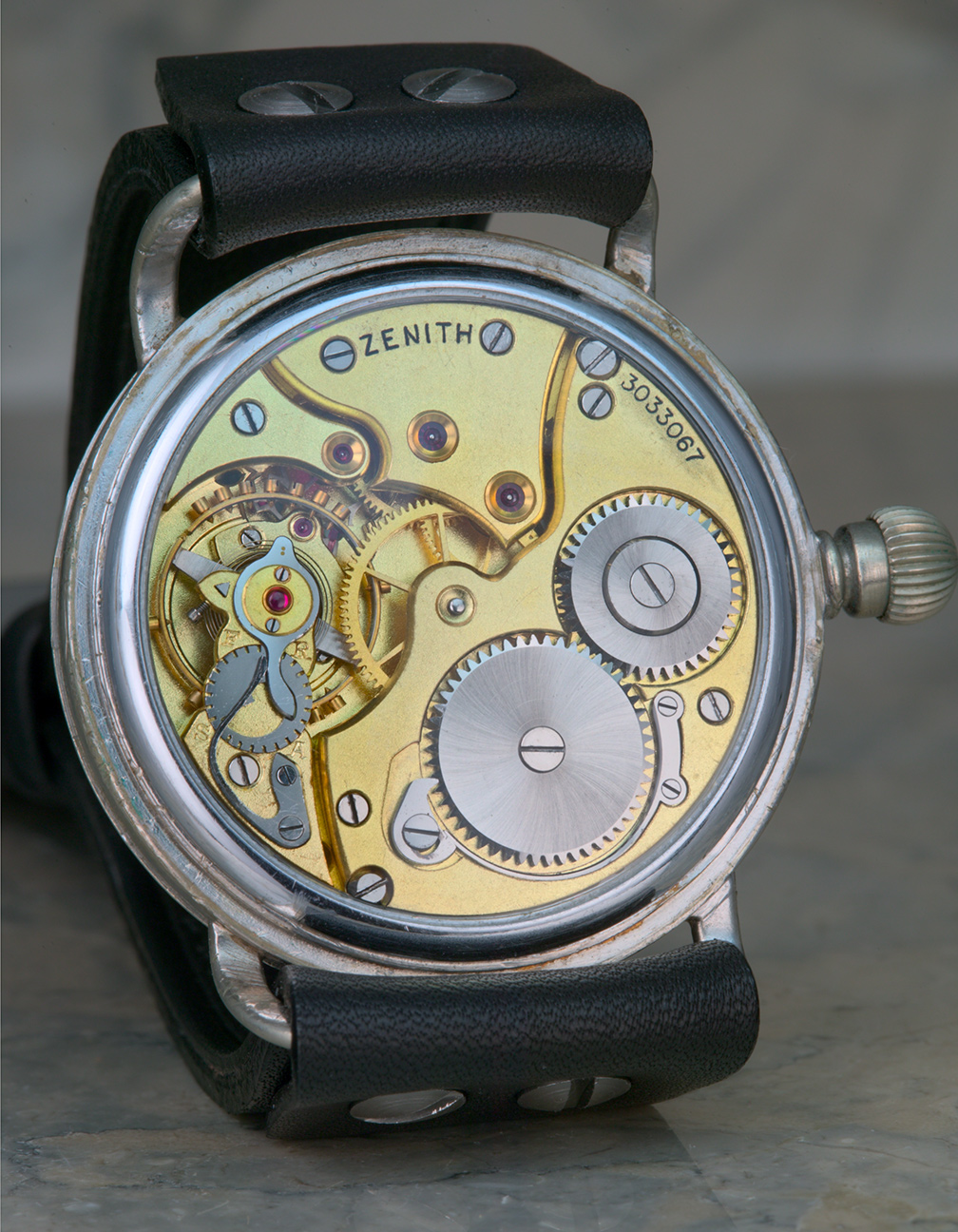
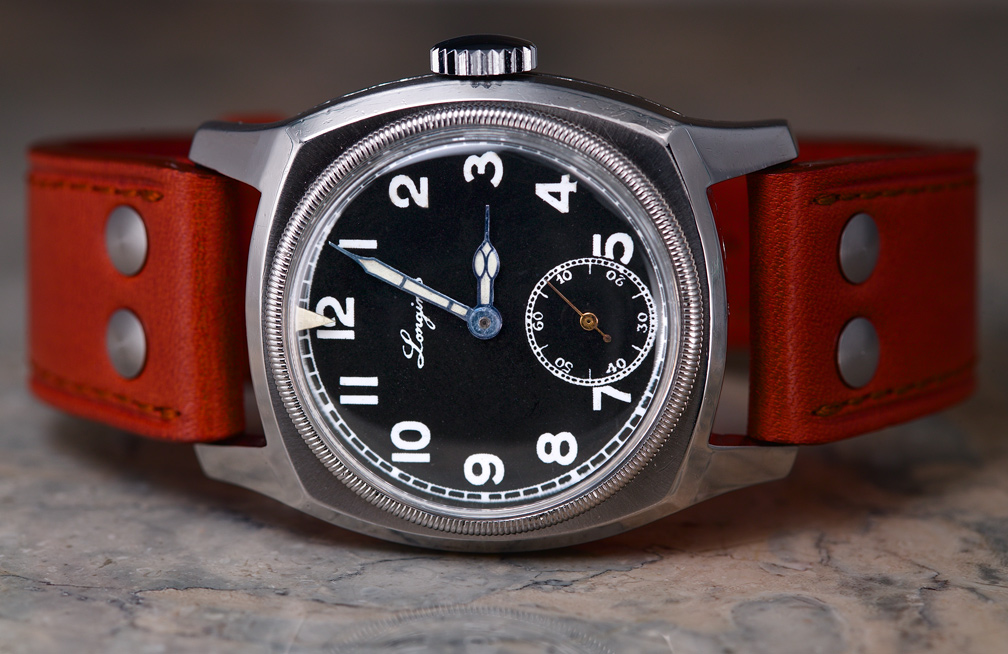
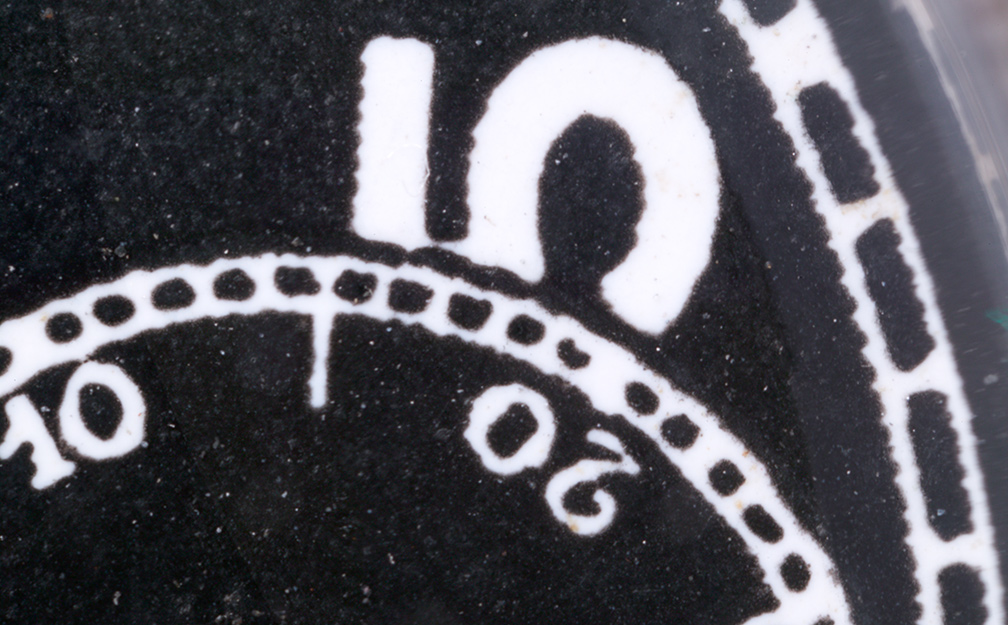
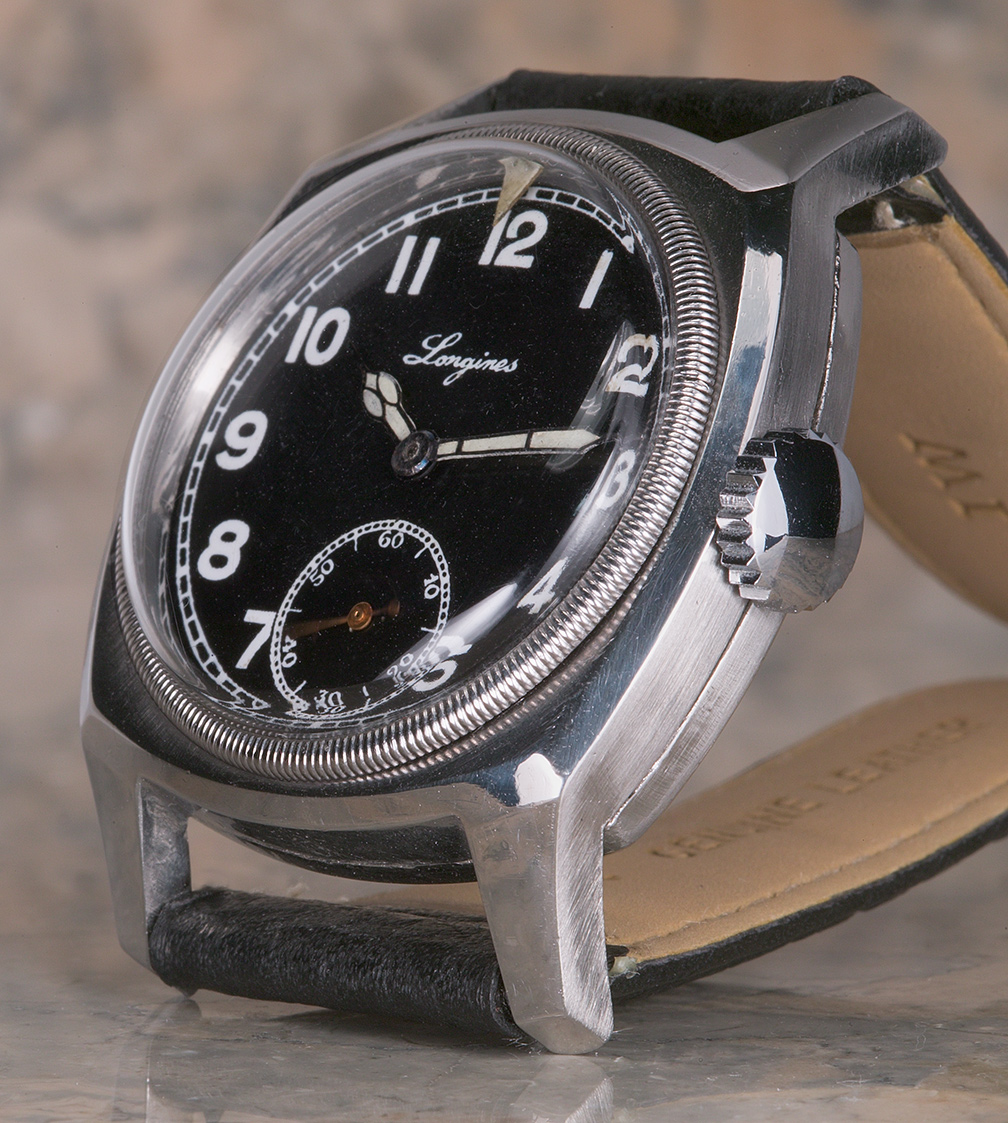
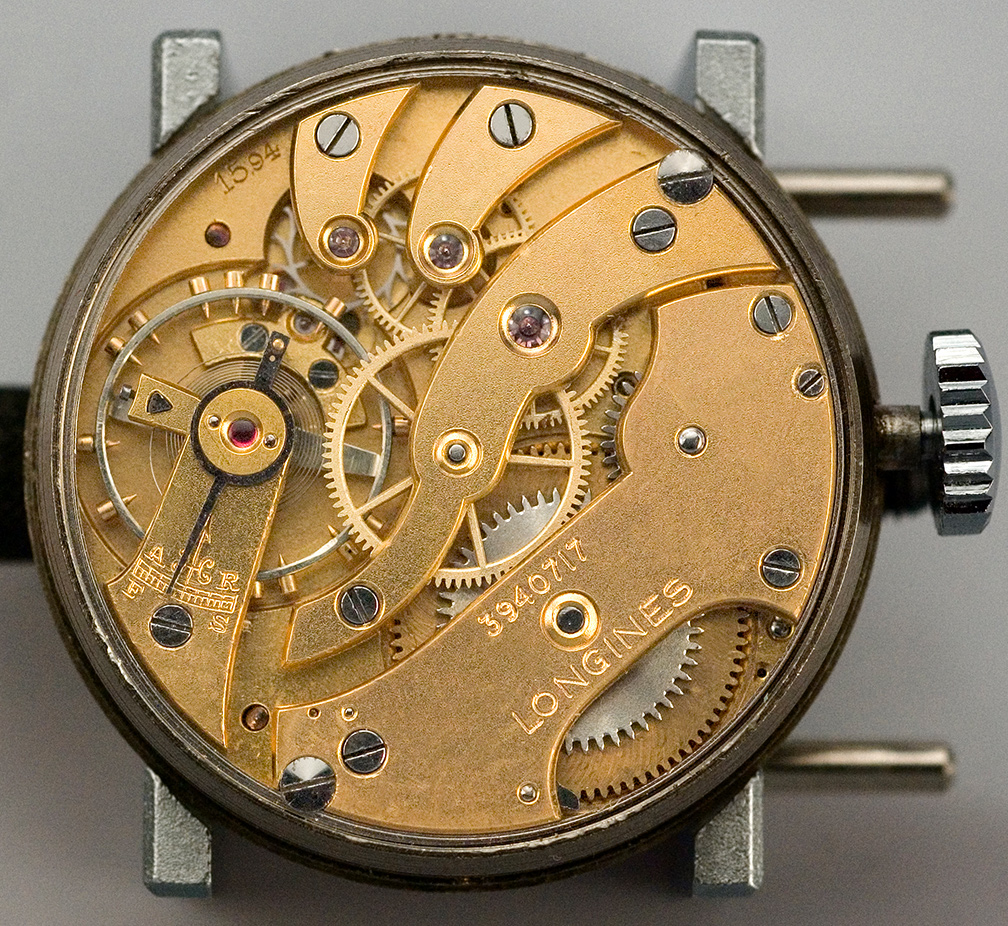
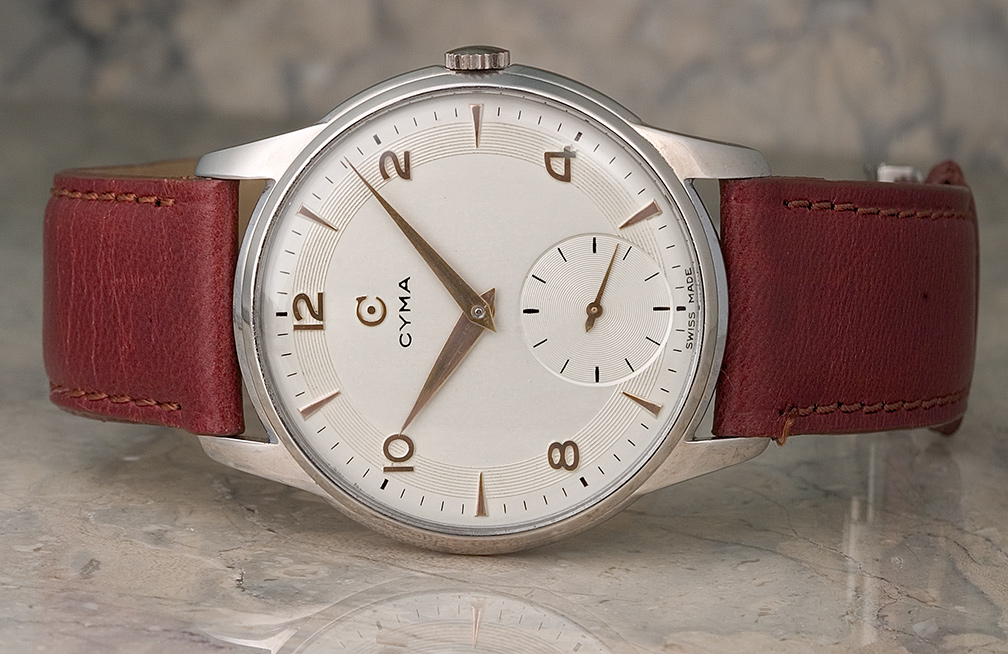
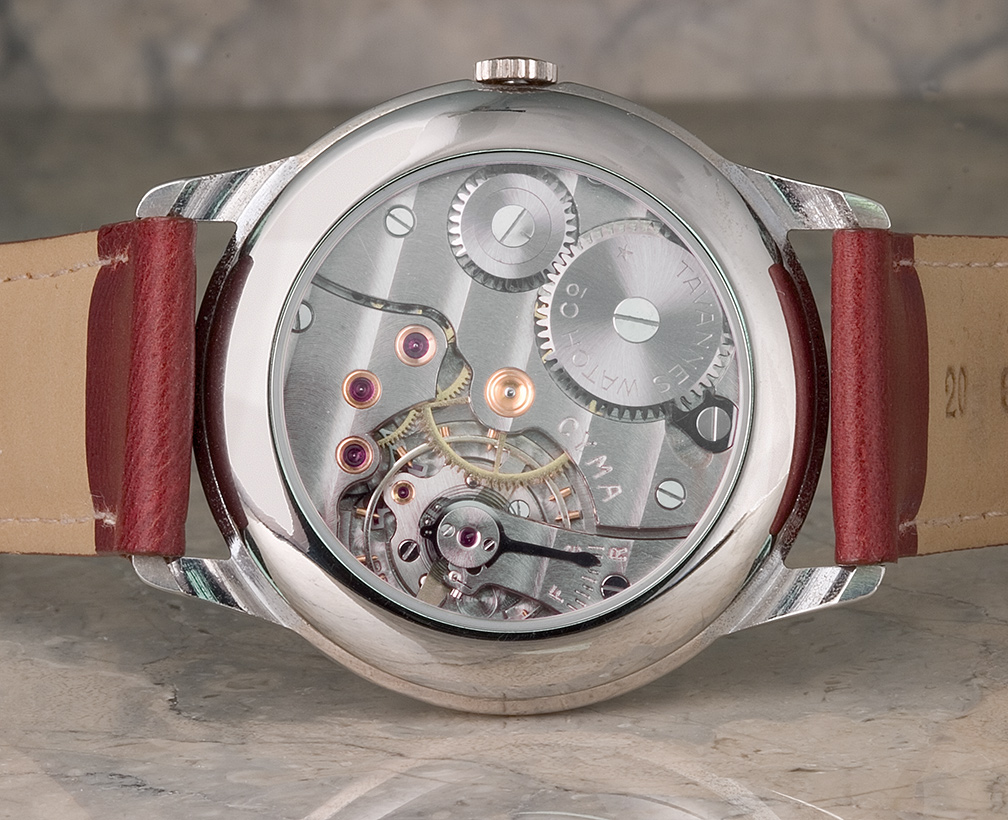
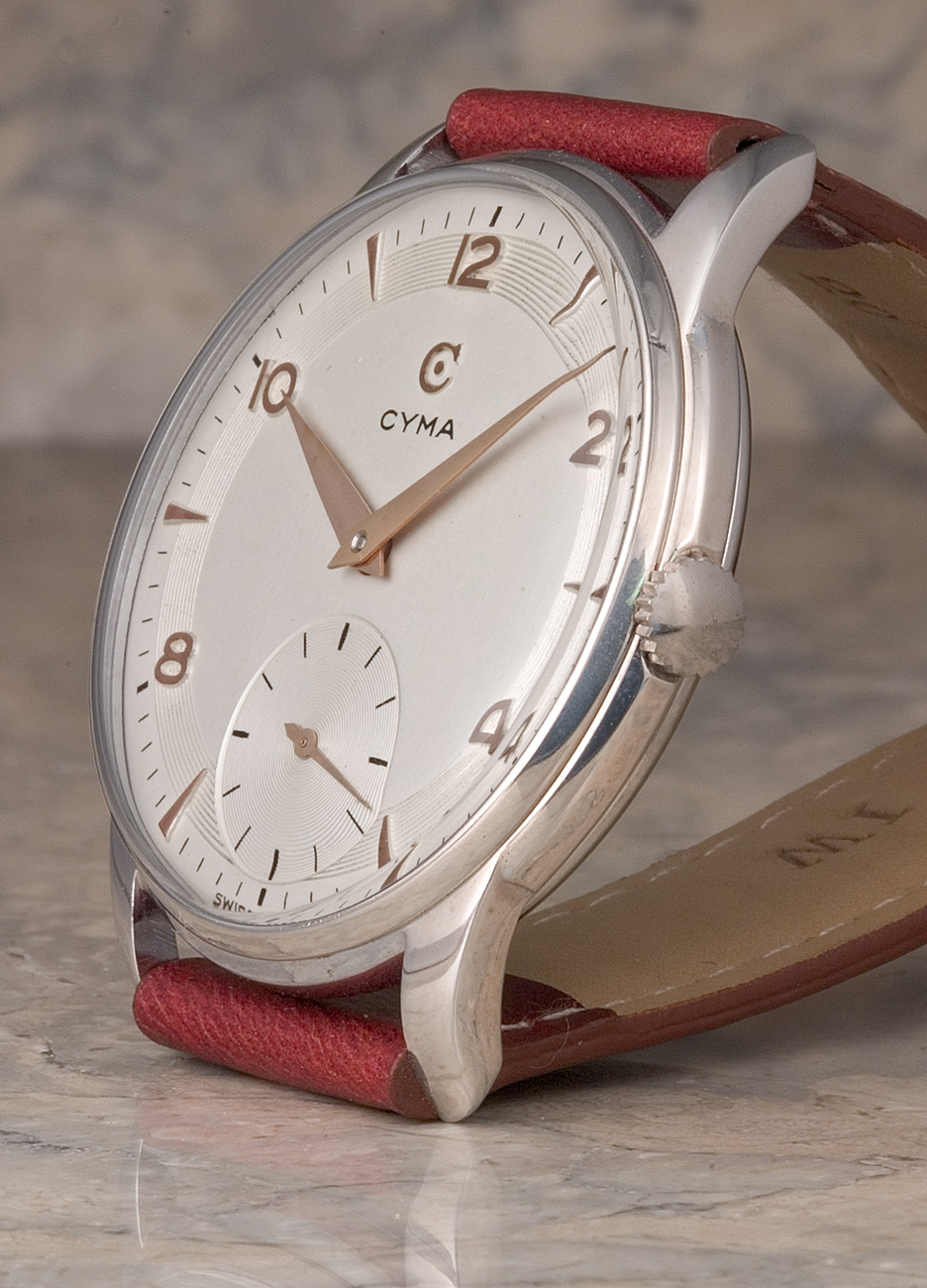

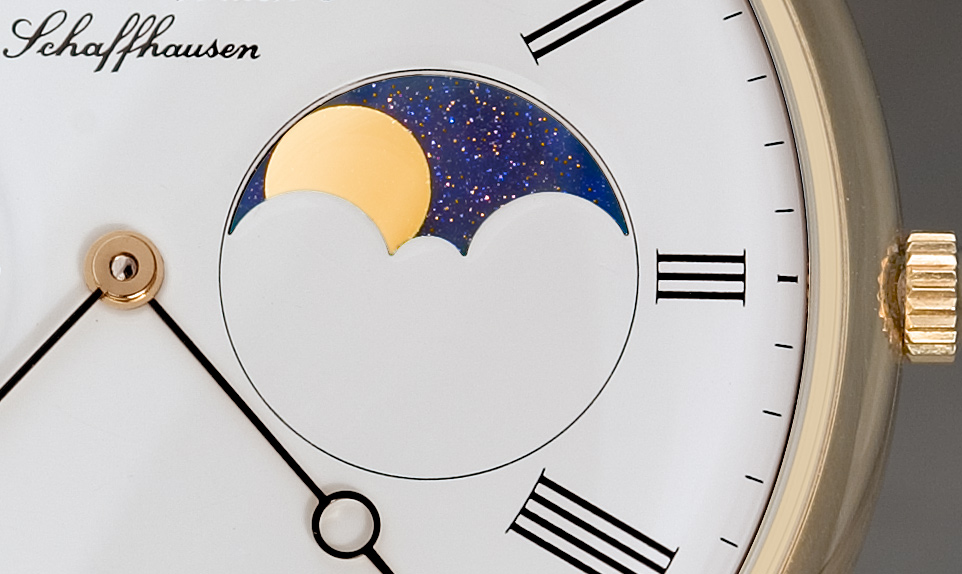
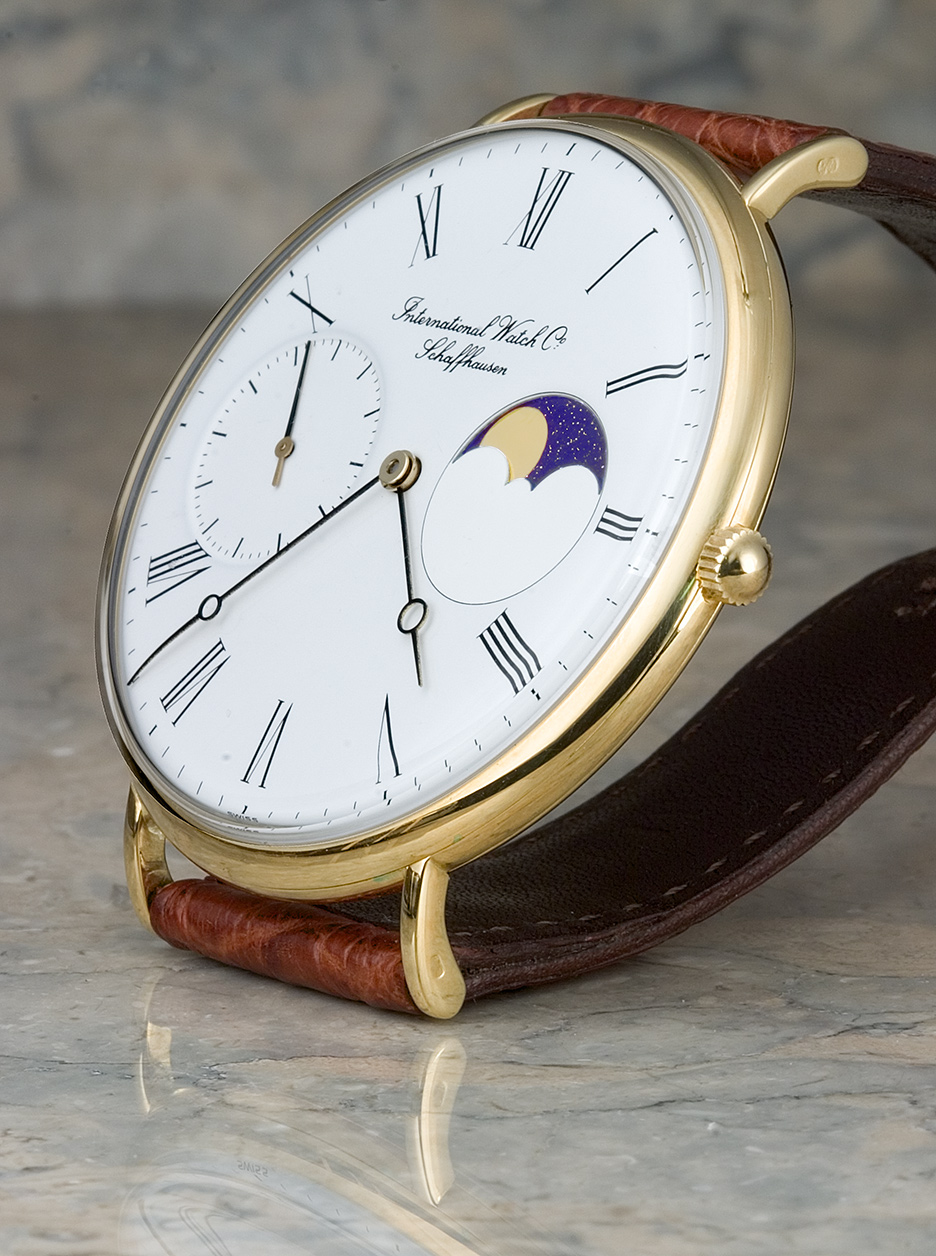
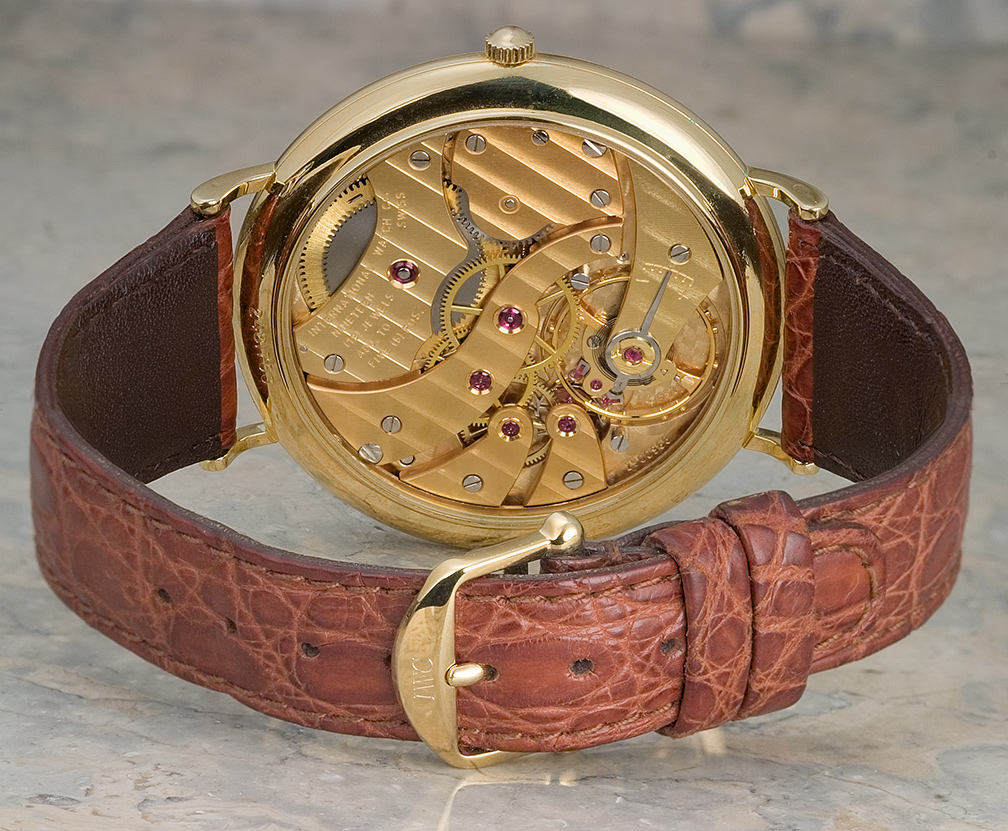



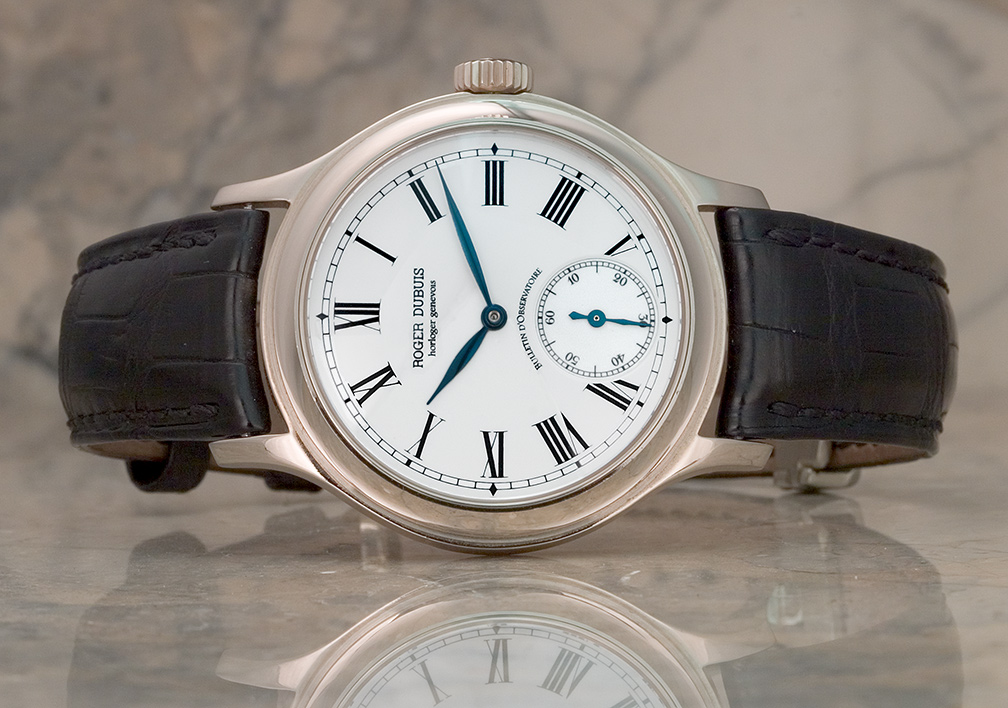
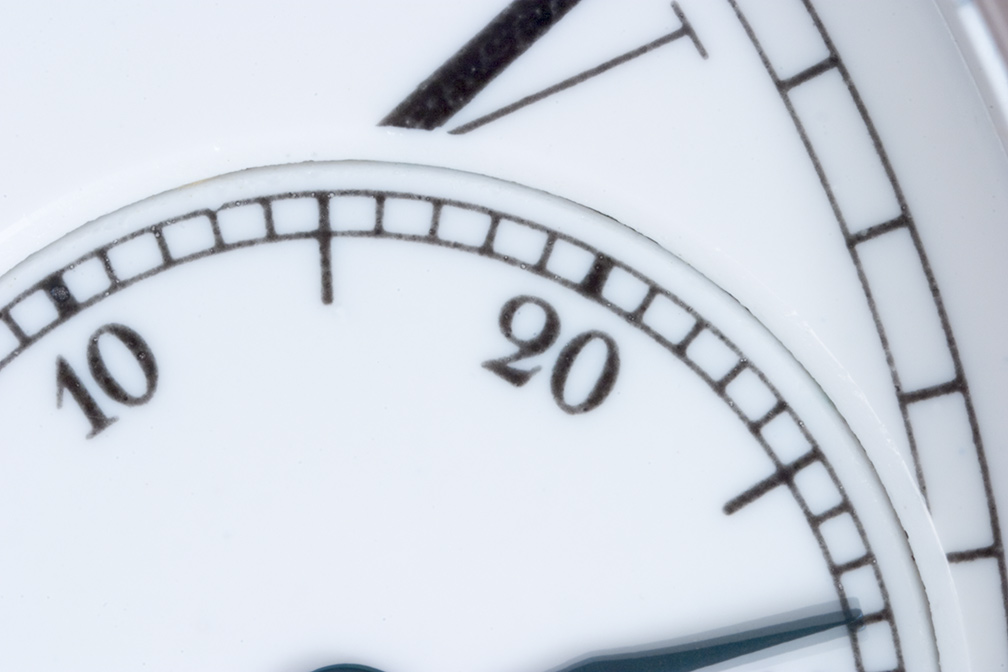

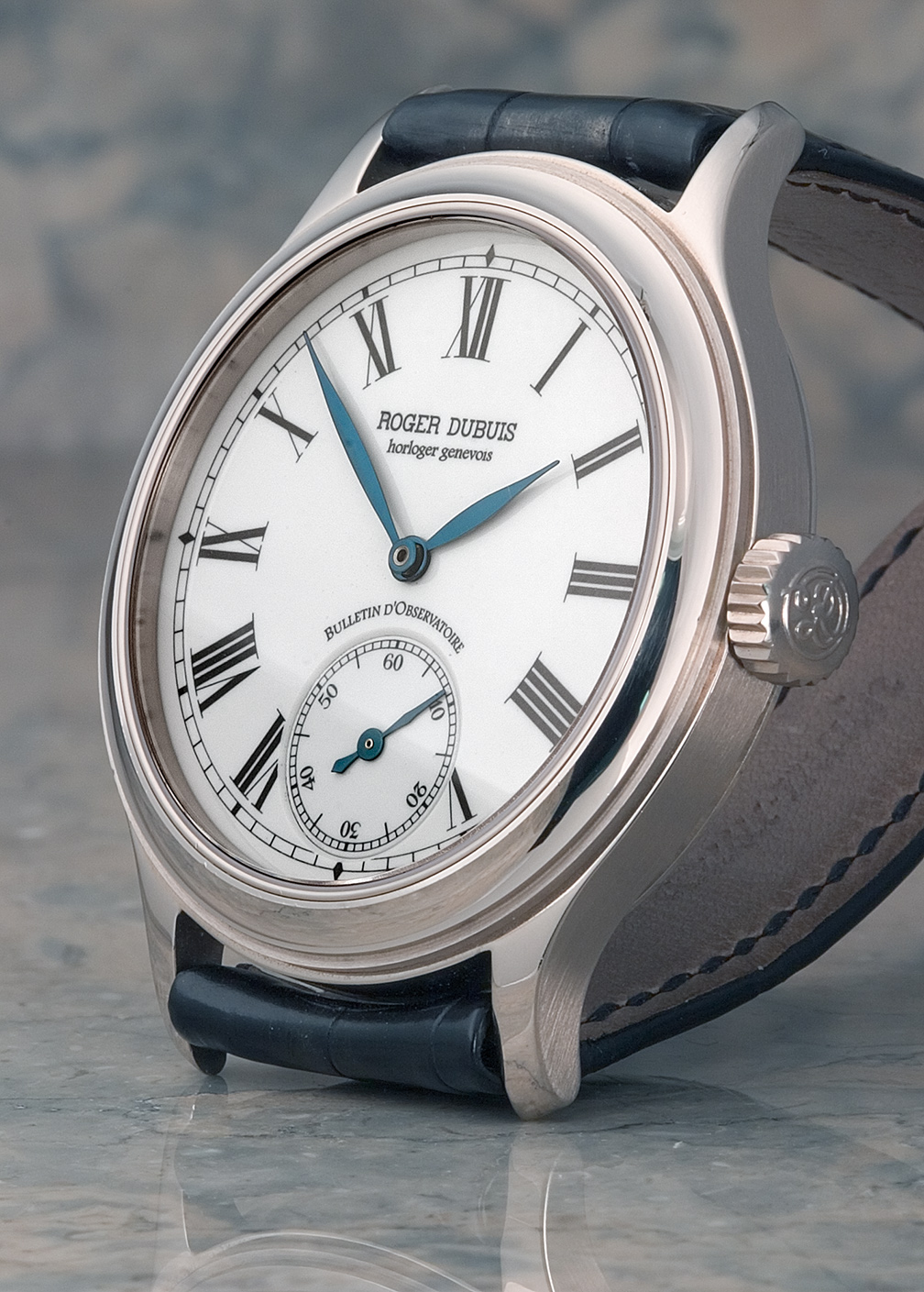
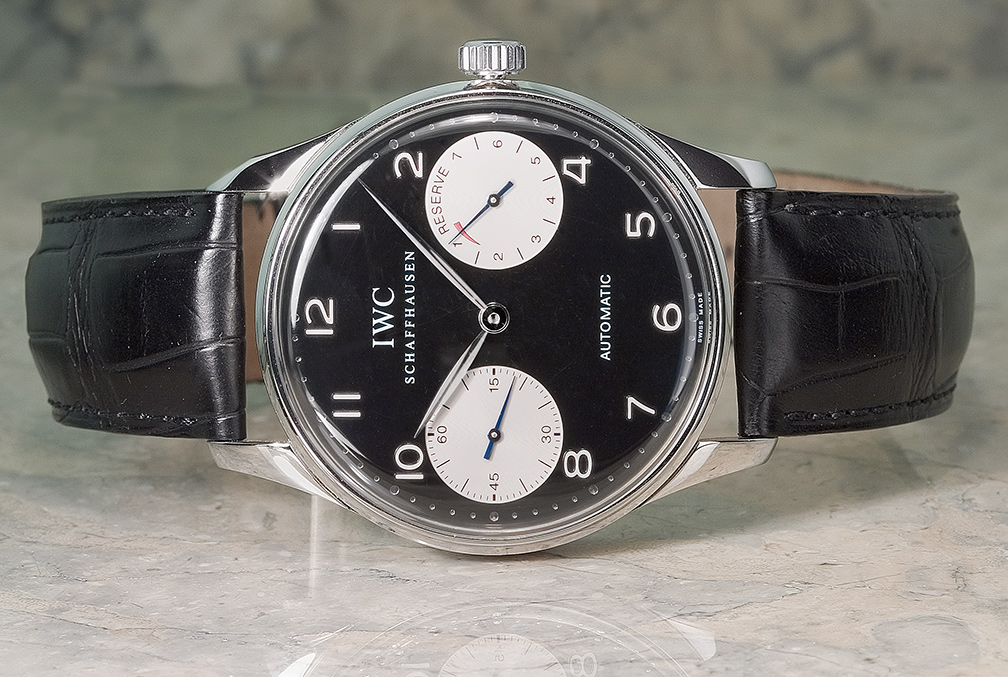
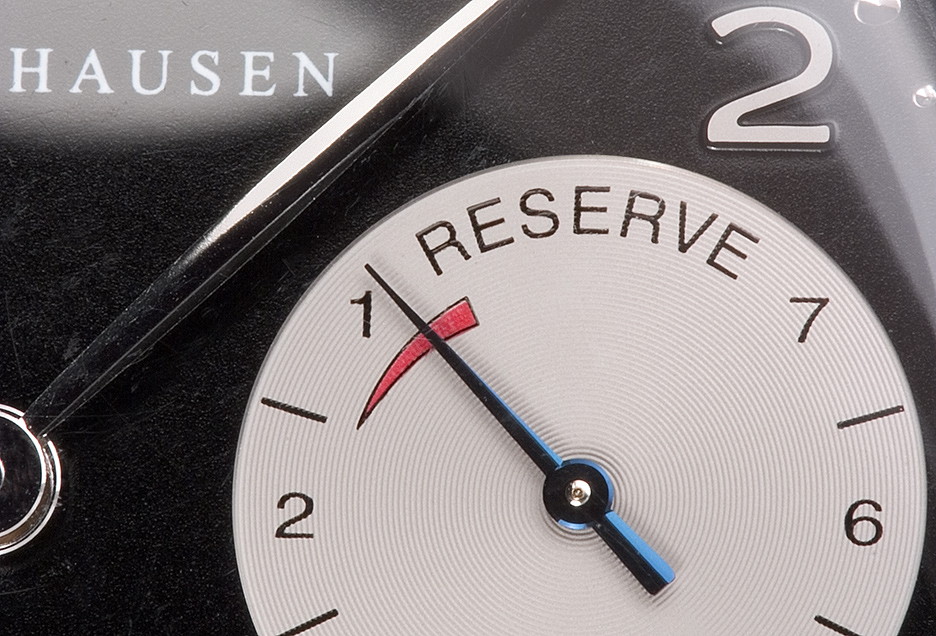
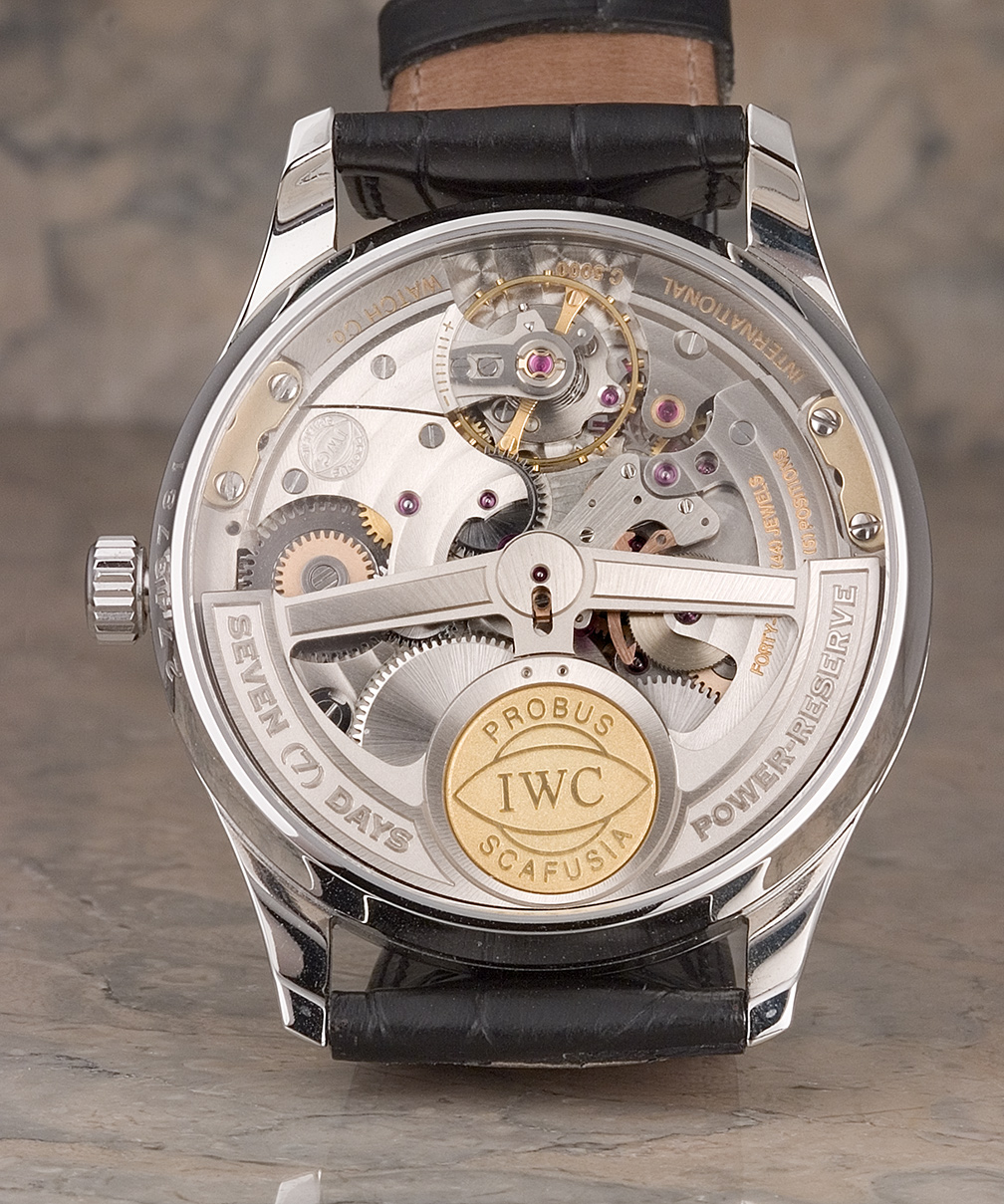
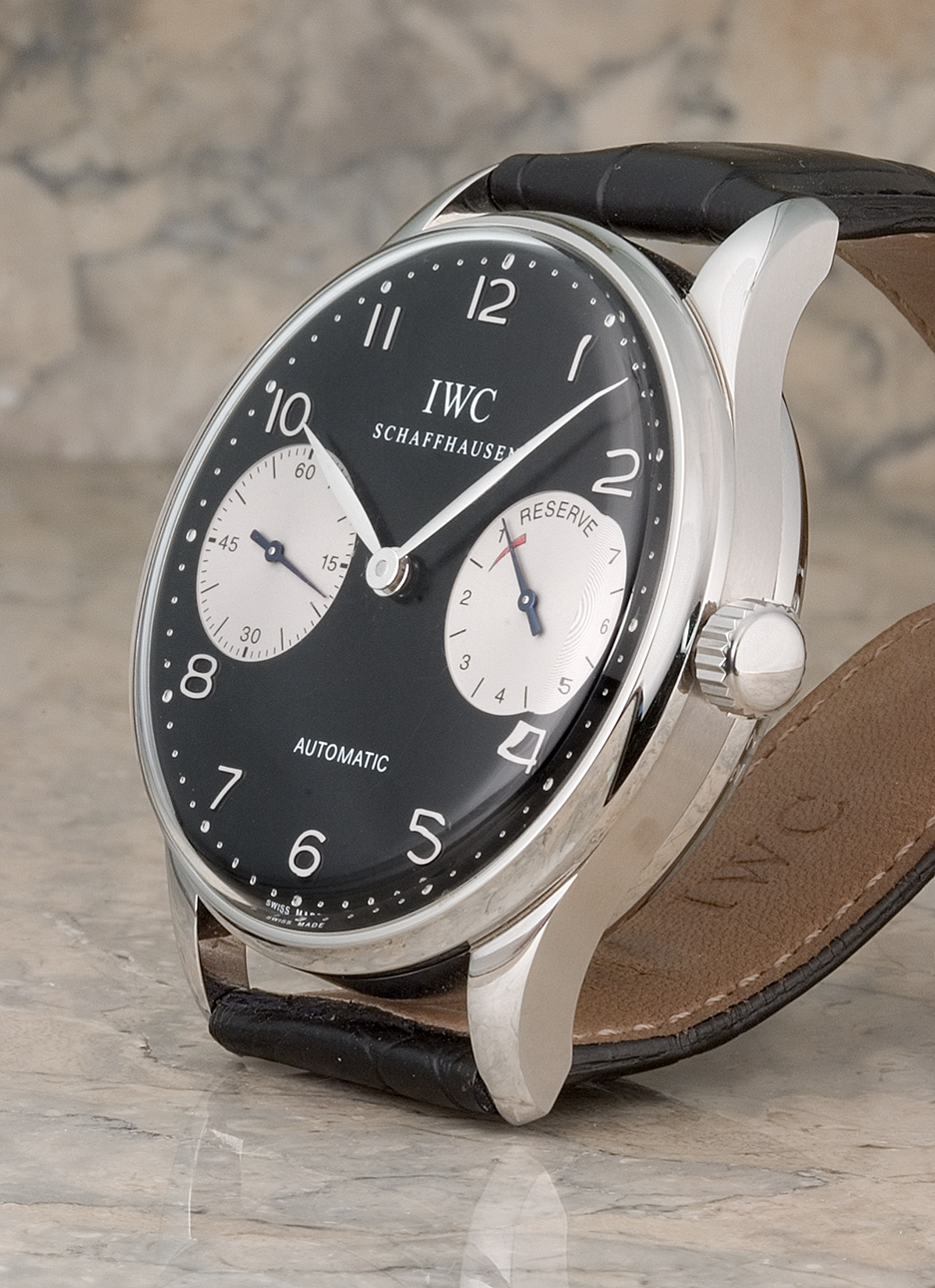
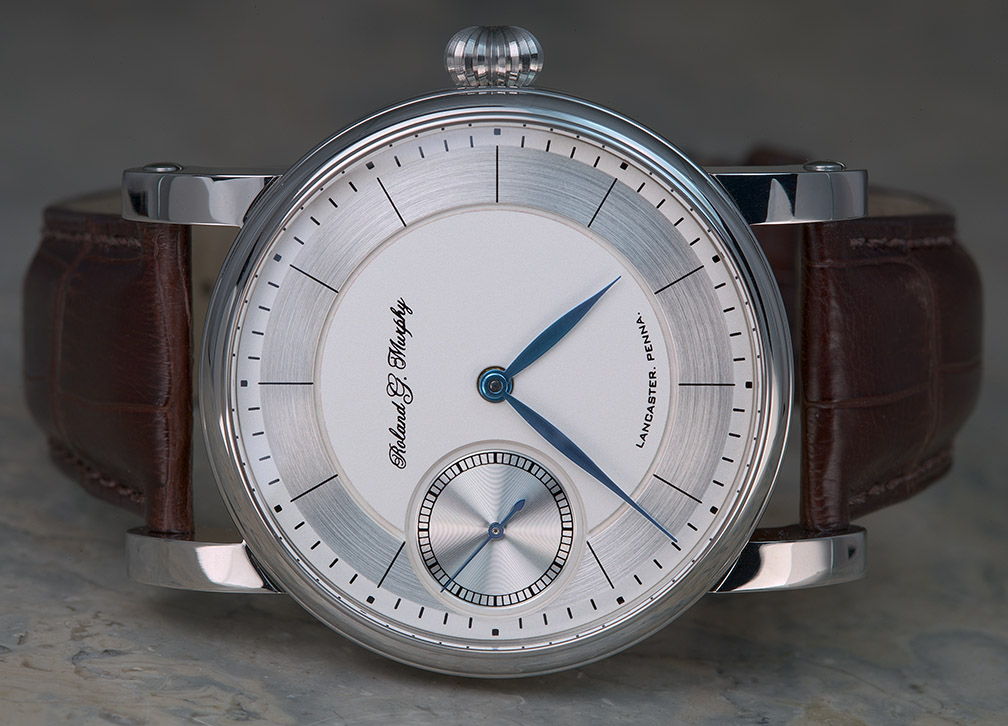
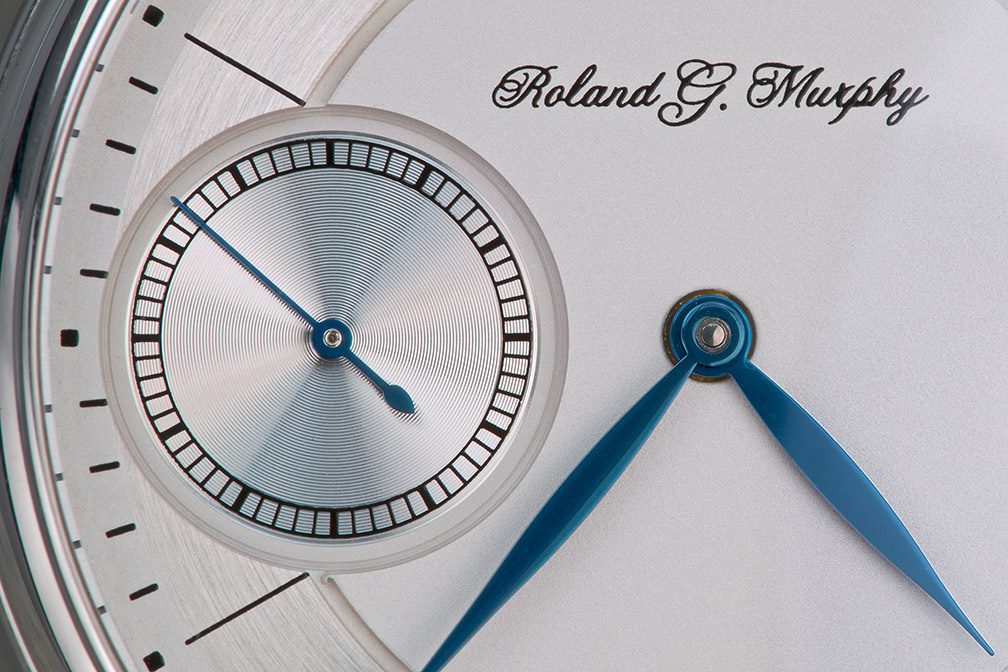
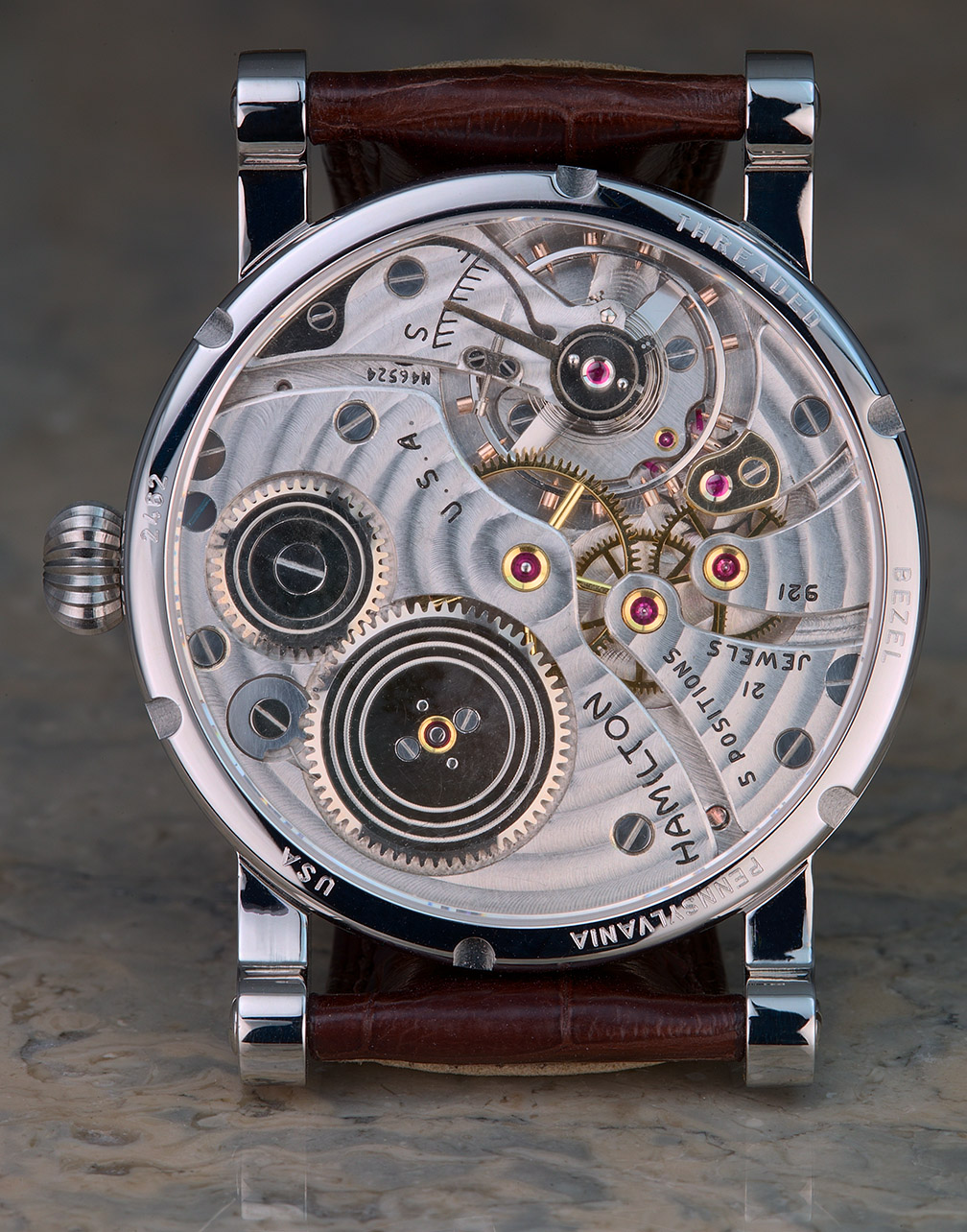

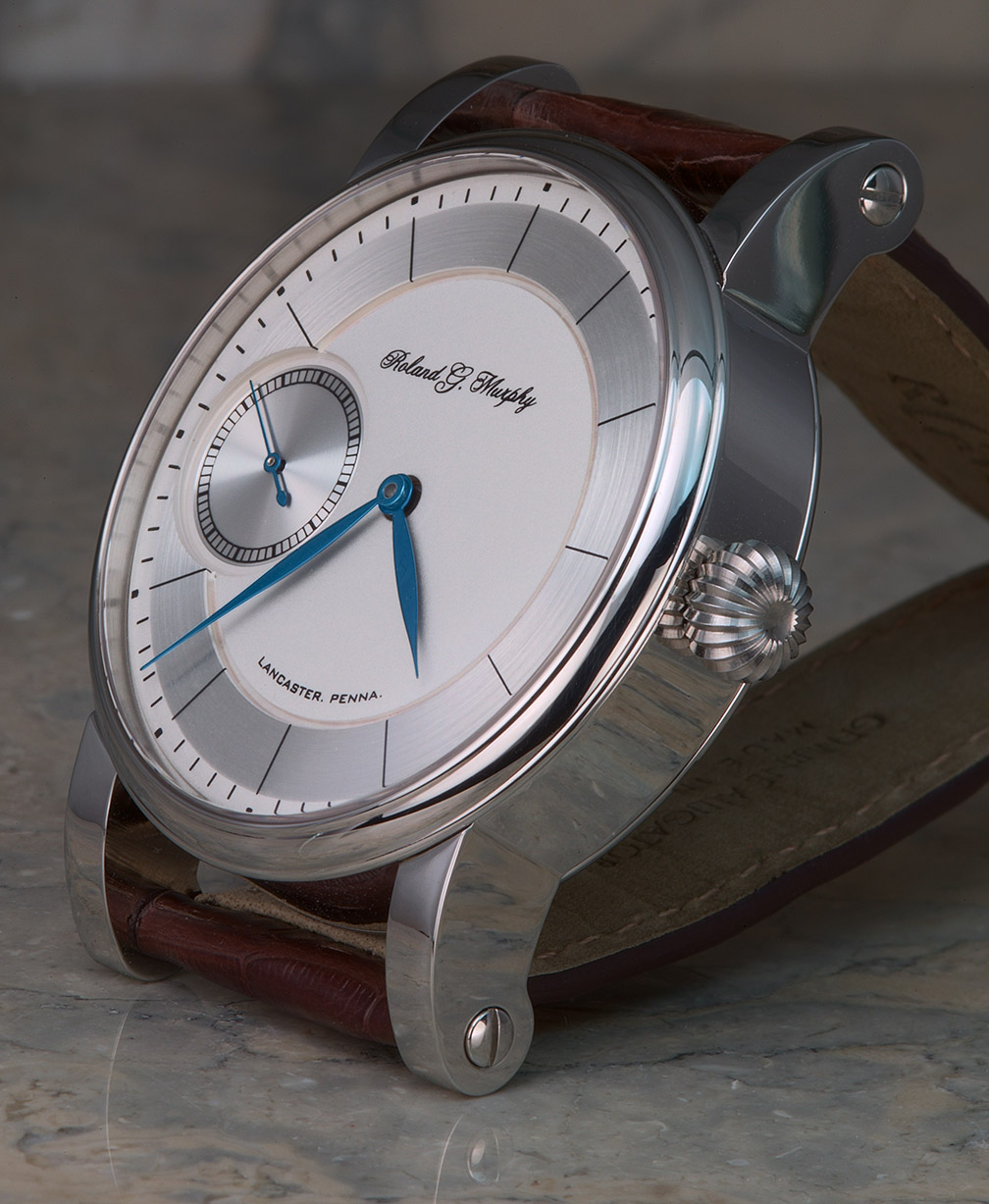
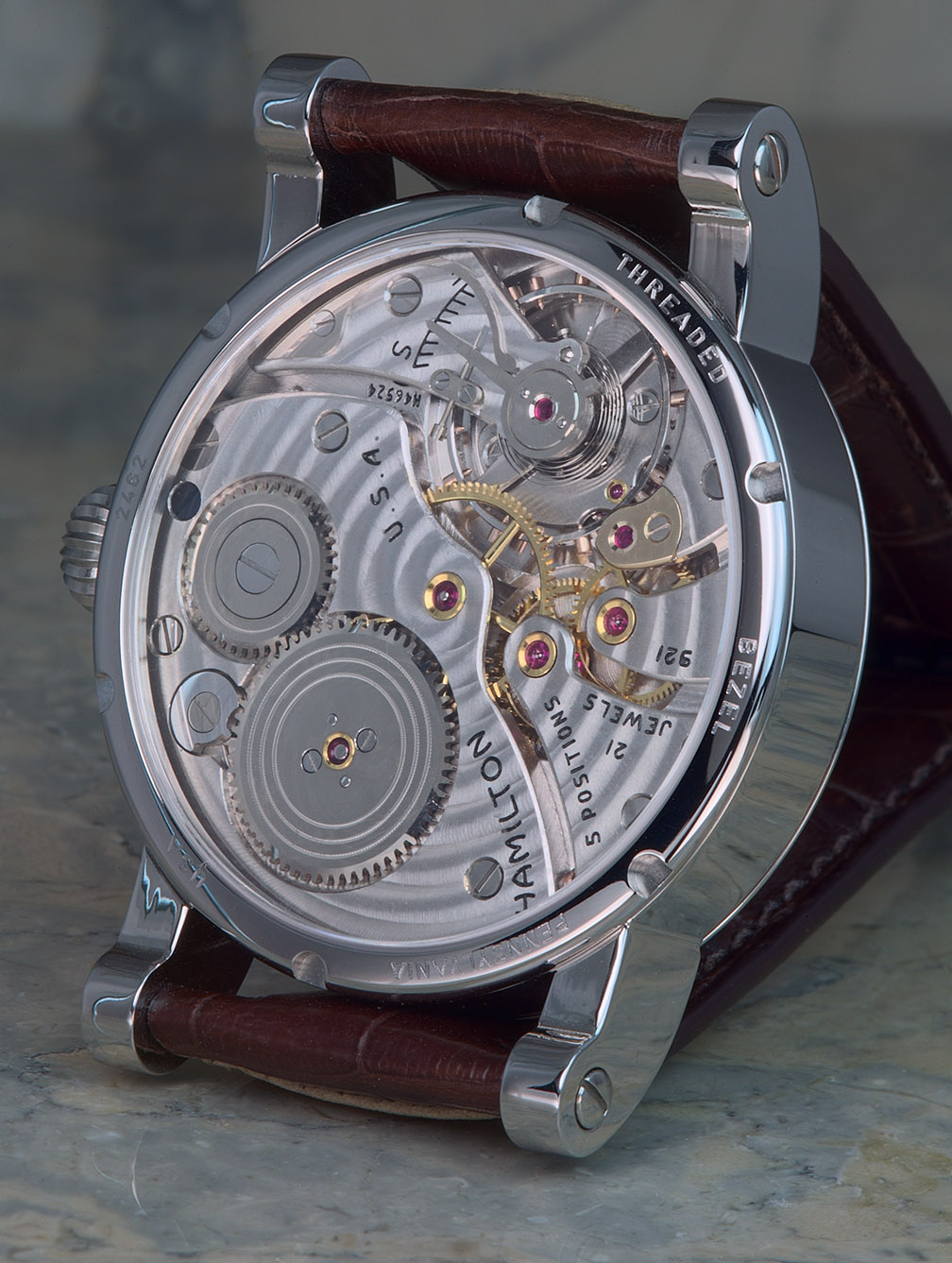
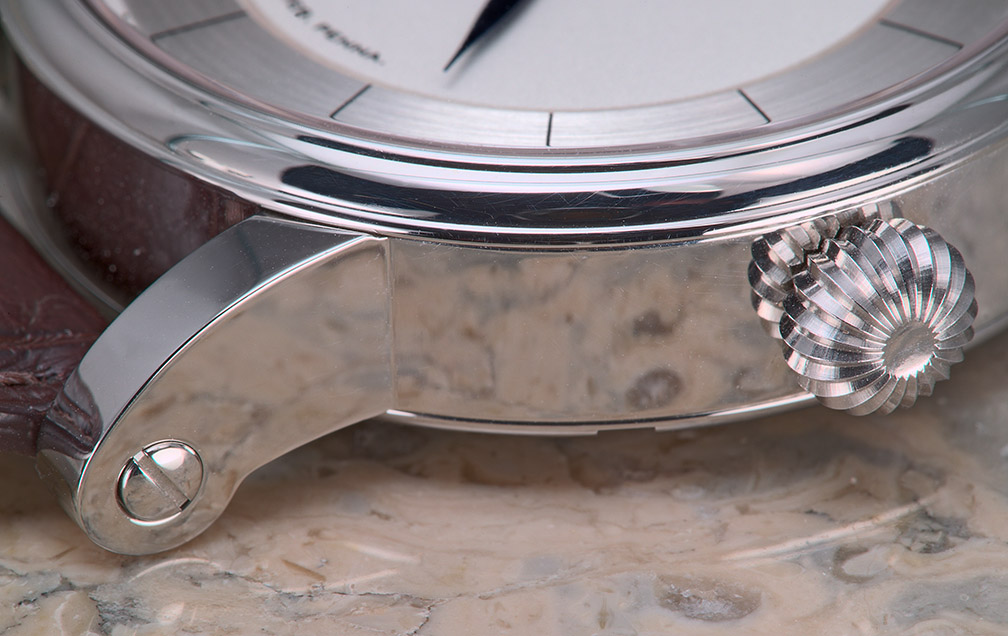
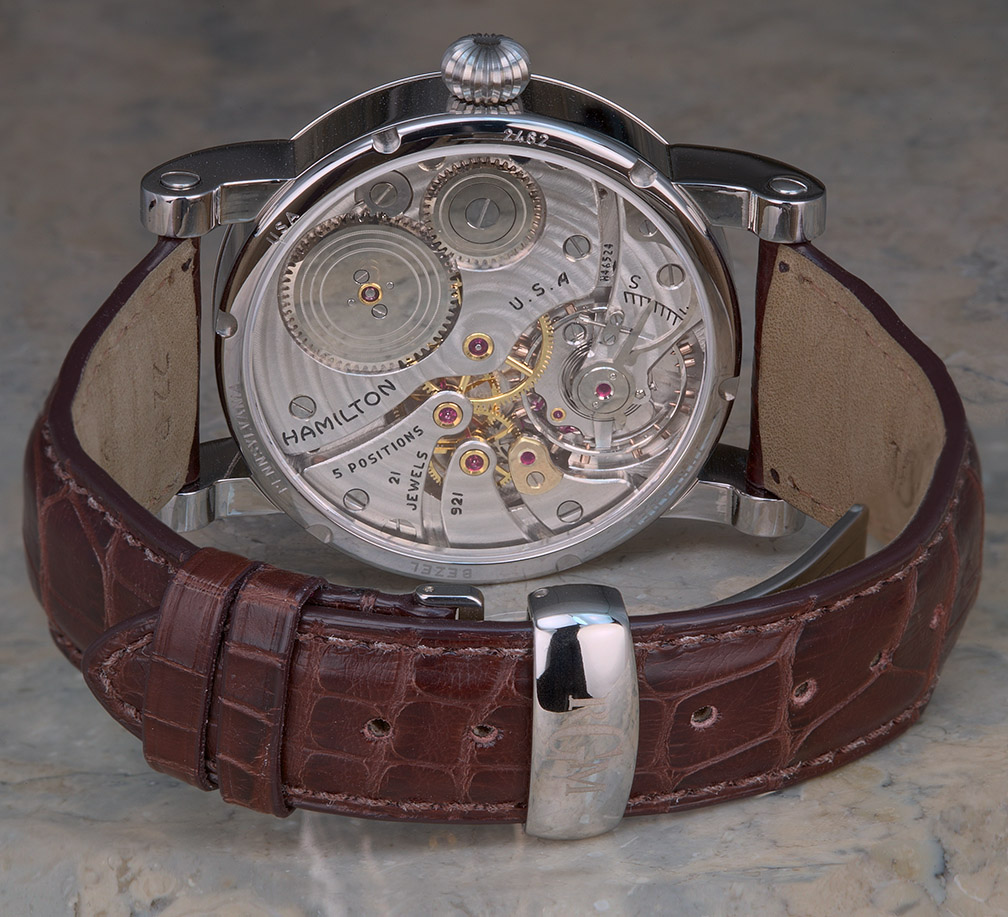
I hope you enjoyed this!

SteveG
February 7, 2006
All content Copyright asserted 2003, 2004, 2005, 2006